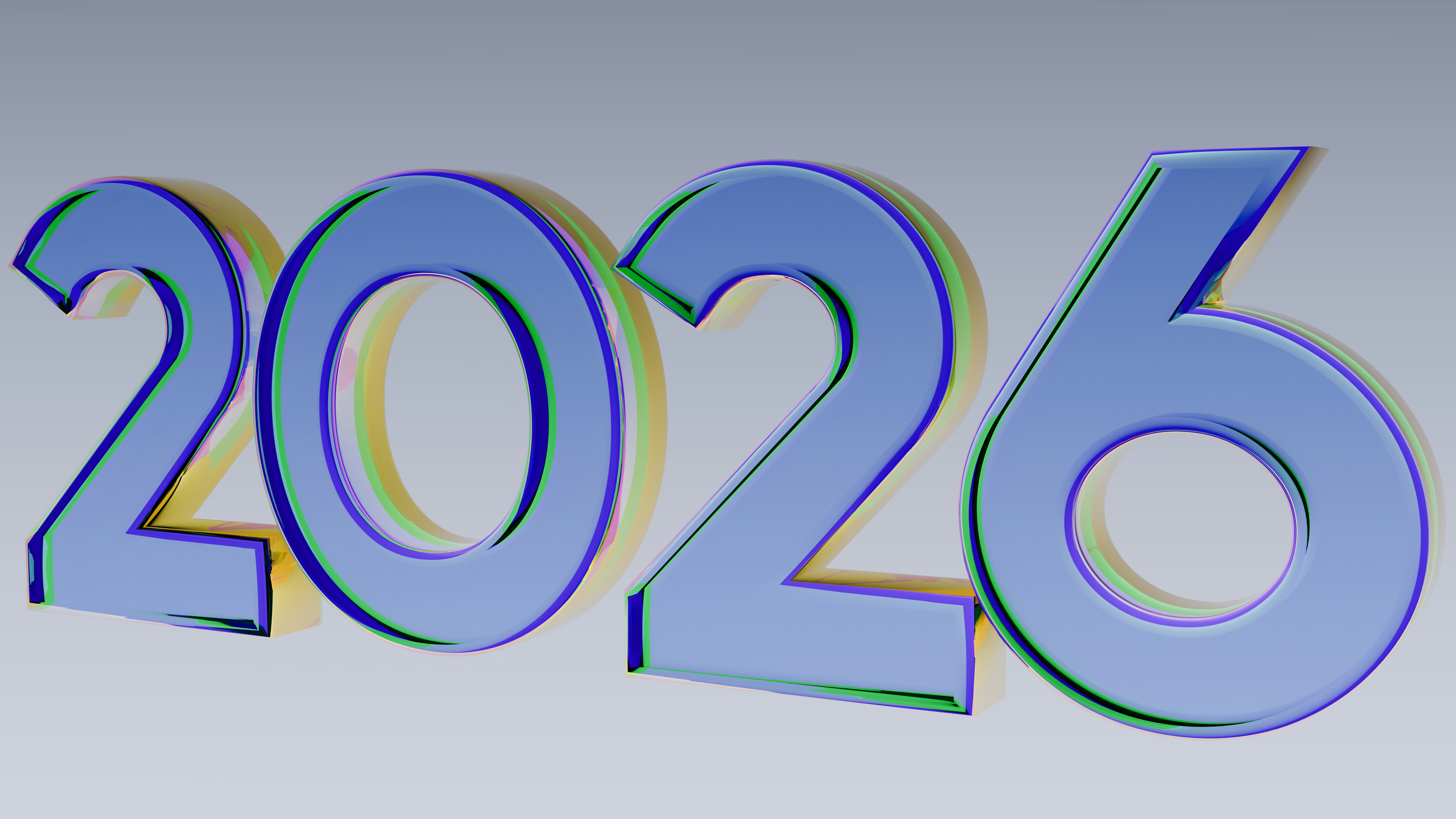Are you excited about contributing to the development of cutting-edge simulation technologies?
Do you have expertise in Monte Carlo methods and a passion for solving complex radiation transport problems?
Are you seeking a role that spans nuclear engineering, medical physics, and space exploration?
The Opportunity
An exciting opportunity to join a cutting-edge development team as a Monte Carlo Methods Developer focused on the simulation of Radiation Transport and Reactor Physics. This role involves developing methods and software to support advanced nuclear, medical, and space technologies, performing complex technical analyses, and delivering specialist technical training.
This position offers an excellent opportunity to deepen your knowledge in radiation transport physics, contributing to projects in nuclear engineering, medical physics, and space exploration. These projects offer professional growth through leading technical work and collaborating with industry, academia, and international teams across diverse interdisciplinary projects.
The nuclear industry is moving away from traditional reactor designs towards new small modular reactor (SMR) and advanced modular reactor (AMR) designs, offering improved safety features and lower build costs. Meanwhile, medical advances such as proton beam therapy and flash radiotherapy are revolutionising cancer treatment, and the space industry is pushing the boundaries of shielding technology for future missions. These emerging challenges demand innovative approaches in mathematics, physics, engineering, and software development.
The role
As a Methods Developer, you will contribute to developing and maintaining state-of-the-art computational codes and perform analyses for established and emerging reactor designs, clinical treatments, and space shielding applications.
This role will be based at either our Dorchester or Warrington offices, with opportunities to travel to client sites, conferences, and workshops as needed. Flexible working arrangements, including remote work and part-time hours, will be considered to support work-life balance.
Your duties and responsibilities will be
Develop radiation transport and reactor physics codes.
Advance the mathematical and physical theories underpinning computational simulations.
Conduct complex radiation transport analyses.
Deliver technical training courses to specialist audiences.
Collaborate with team members to refine theoretical models and simulations.
Present results at technical meetings and conferences, as appropriate.
Interface with the international academic research community.
Generate new business opportunities through engagement with international commercial customers.You will have the following experience and qualifications
Undergraduate degree in mathematics, physics, engineering, or a related field with a strong mathematical component.
Experience in applying Monte Carlo methods to radiation transport modelling.
Strong background in mathematical and physical theory and its implementation in computational software.
Proficiency in programming languages such as Fortran, Python, or Java.
Innovative mindset and ability to solve complex problems.
Quick learner with the ability to absorb new technical skills efficiently.
Self-motivated with a genuine passion for radiation transport and nuclear physics.
Strong problem-solving skills and ability to work independently and collaboratively.The setting for the role
Risks and Hazards are in line with working on a nuclear licenced site. These can include, nuclear fuel, radiation, chemicals and gasses, high voltage equipment, moving vehicles, flammable materials, high pressure circuits, steam, high noise and vibration levels. A full site induction will be provided and all safety requirements must be adhered to when entering the site.
Get in touch now
If you're ready to take on this exciting challenge, then apply now and be part of our journey in shaping the future of nuclear, medical, and space technologies to avoid missing out!
Millbank Holdings Ltd is an equal opportunities employer and respects diversity. We welcome applications from all suitably qualified persons who are eligible to live and work in the UK.
Millbank is proud to be a member of the ‘Disability Confident Scheme’. Millbank operates as an Employment Agency and Business


